Computer Science Senior Design Projects
Computer Science students complete a two-semester capstone project in which they plan design, and construct a prototype in response to real-world problems. Students will draw on software engineering principles to build, verify, and document their solution, all while meeting project requirements and balancing economic considerations. Projects are completed under the guidance of experienced CS faculty, as well as technical mentors from leading companies like Apple, Meta, Oracle, and more.
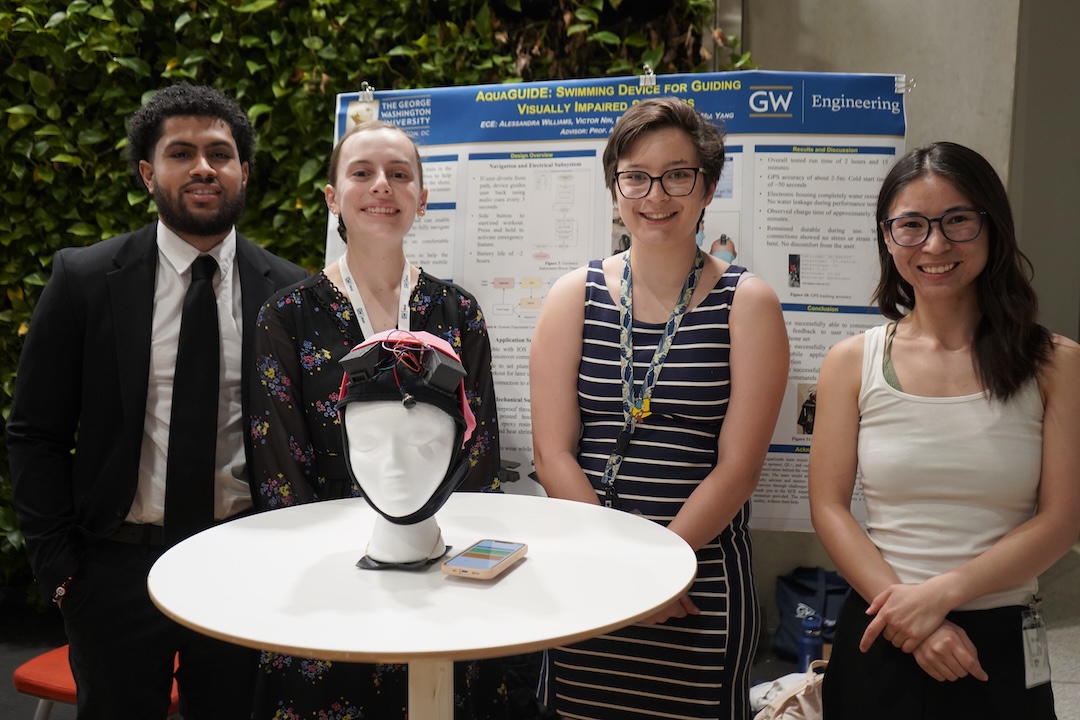
AquaGUIDE
Visually impaired swimmers face significant challenges when trying to swim independently. Current solutions rely on third-party assistants providing guidance through touch, which are infeasible in open-water conditions and limit the swimmer’s autonomy. Our project addresses these issues by developing a swim cap to guide swimmers through audio feedback, enabling them to swim safely and independently. AquaGUIDE is an interdisciplinary project across BME and ECE.

Winner: ECE Senior Design Award
ByteBlazer/Reeflex
Invasive lionfish pose a threat to coral reefs. Traditional methods of controlling lionfish populations are ineffective or too costly. We are proposing an autonomous submersible capable of removing invasive lionfish. ByteBlazer/Reeflex is an interdisciplinary project across CS, ECE and MAE.
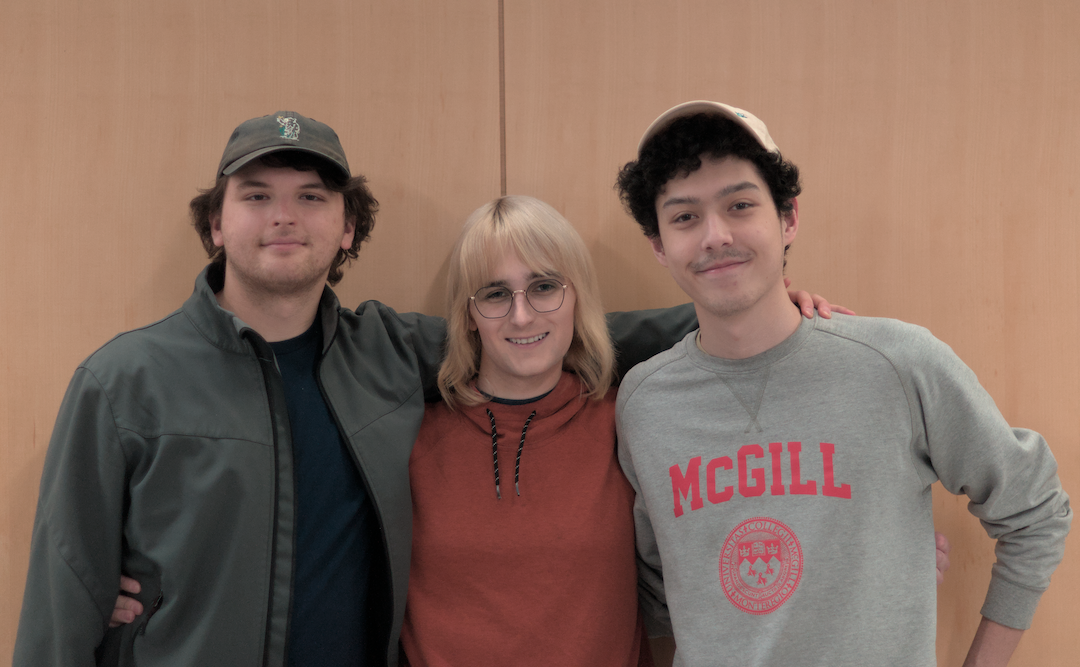
EasySched
Assigning teaching assistants to courses presents a challenge for university departments due to the time and difficulty involved in assessing applicants’ aptitude for teaching various classes. Developed for the GW Computer Science Department, our application addresses this by introducing an algorithm to automatically score and assign teaching assistants to courses based on TA applications, a provided class schedule, and time-slot preferences.
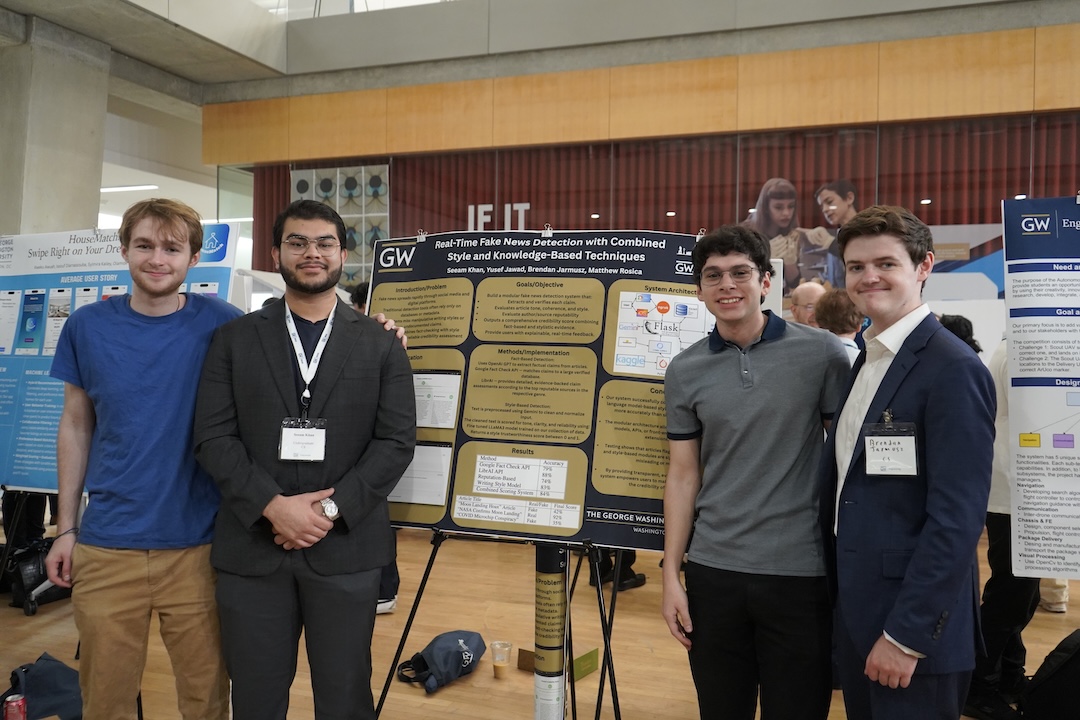
Fake News Buster
With the rise of social media and online news sources, false information spreads rapidly, often influencing public opinion, politics, and even health decisions. This project aims to address this by developing an automated fake news detection system that analyzes news content using machine learning and natural language processing techniques to help users identify misleading or fabricated stories and promote informed decision making.
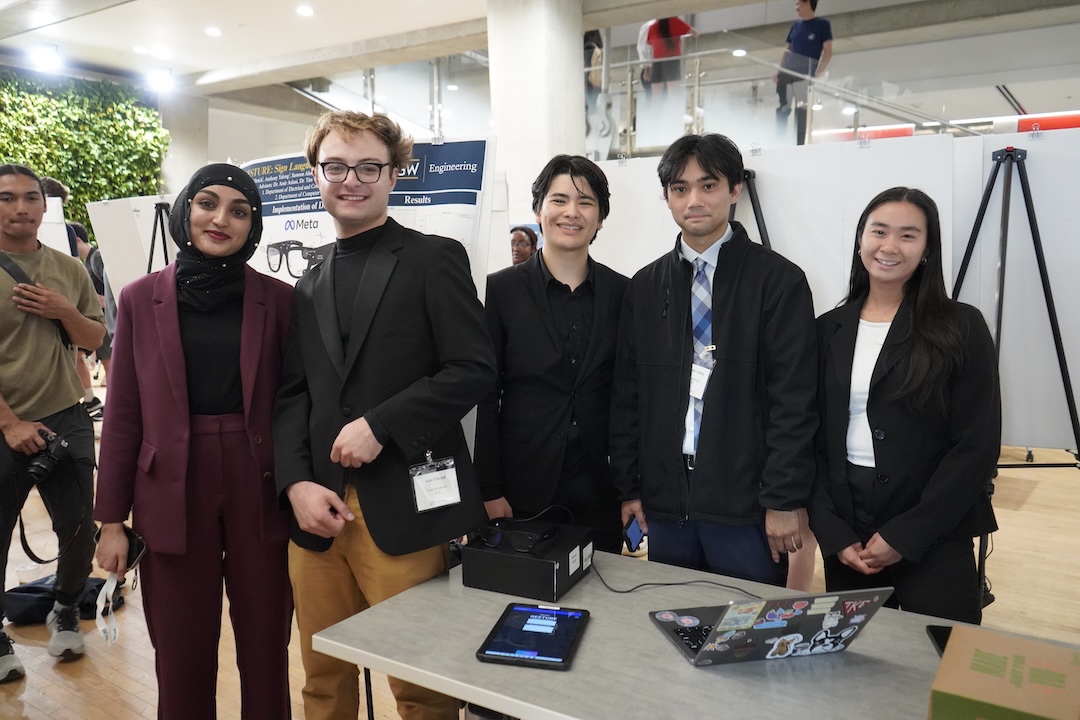
GESTE
GESTE is an interdisciplinary ECE and CS project that tackles the accessibility gap between hard-of-hearing individuals and the hearing population by developing a sophisticated sign language translation system. It aims to convert German Sign Language (DGS) gestures into coherent written English text through advanced machine learning techniques with the use of Meta Aria Glasses, thereby reducing the dependency on human interpreters and overcoming limitations in current translation technologies.
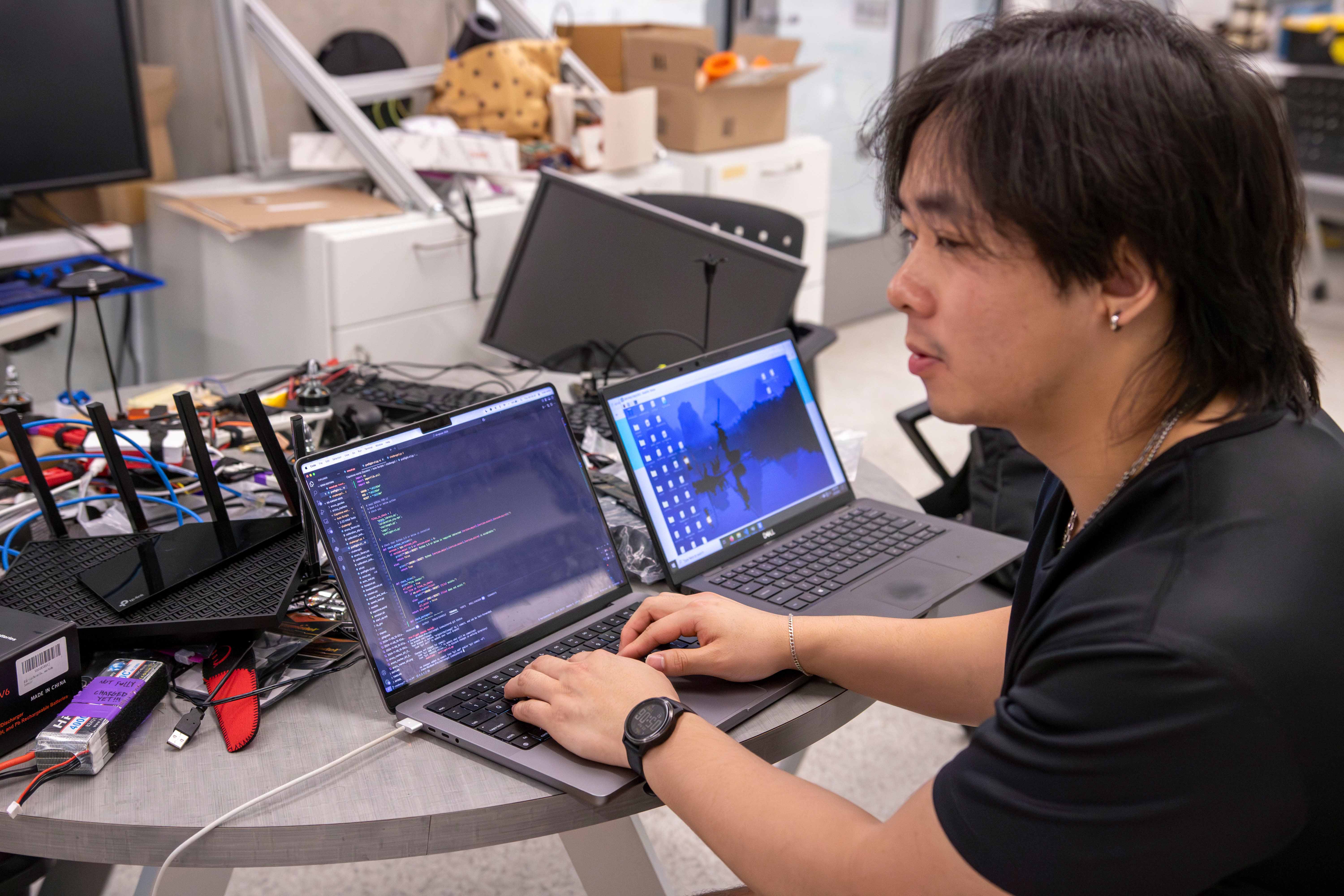
RTX UAV
For the annual Autonomous Vehicle Competition, sponsored by Raytheon, students in STEM disciplines are encouraged to find original solutions for a series of timed challenges. Our solution tackles this year’s challenges, which include autonomous missions, drone-to-drone communication, and efficient search and delivery. RTX UAV is an interdisciplinary project across CS, ECE and MAE.
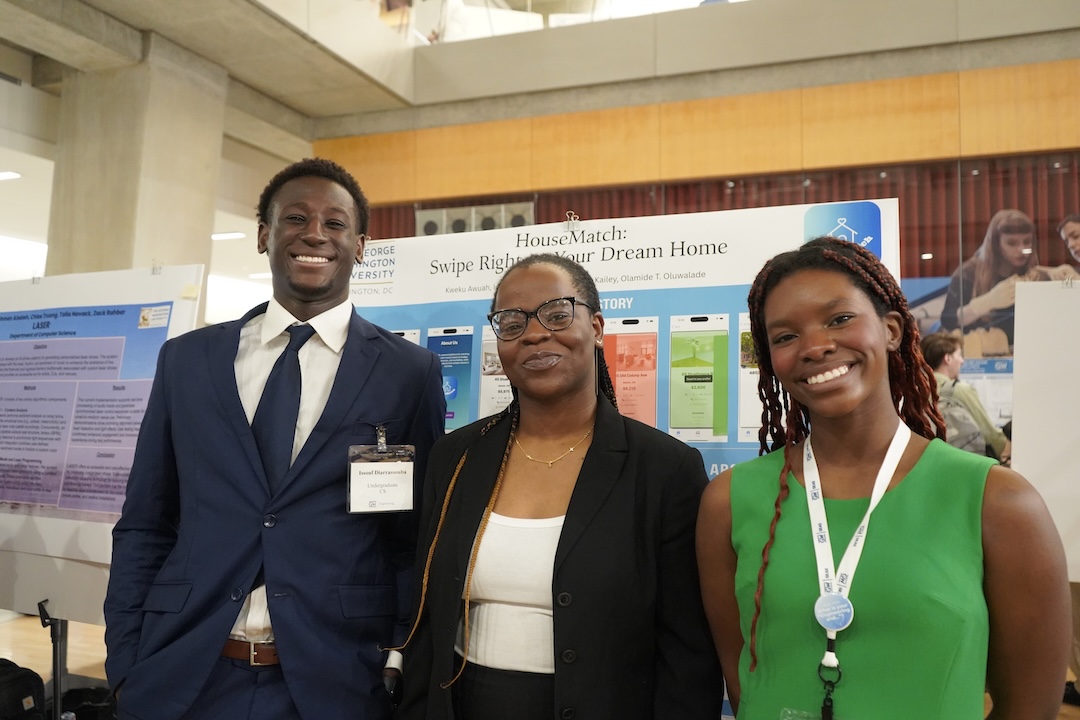
HouseMatch
Traditional real estate platforms often require users to manually sift through numerous listings that do not align with their unique needs, leading to frustration and wasted time. HouseMatch addresses the inefficiencies in this process by leveraging AI and machine learning to provide personalized property matches, making the experience more efficient, accurate, and user-friendly.
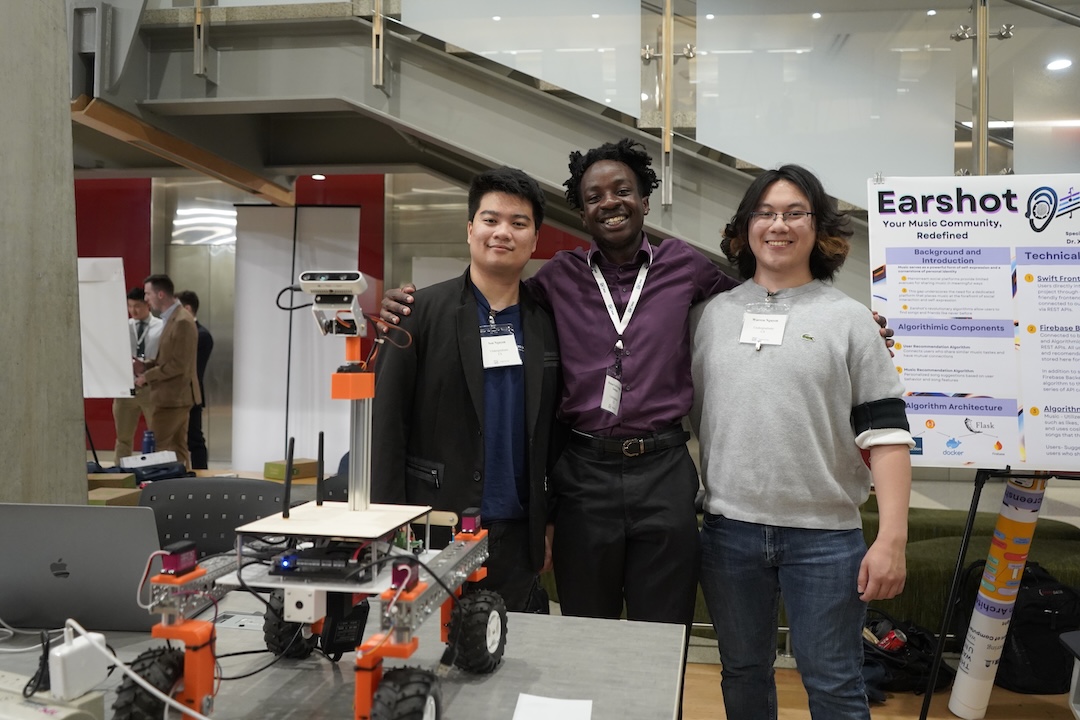
Downward Facing Visual Odometry
Conventional methods of tracking velocity and position for autonomous vehicles, such as GPS or forward-facing visual odometry, are limited by their environment, financially expensive, or include large margins of error that can be computationally costly to correct. Our downward facing monocular camera seeks to rectify this issue by utilizing the downward terrain to reduce the dynamic environment while reducing costs both in monetary and computational expense.
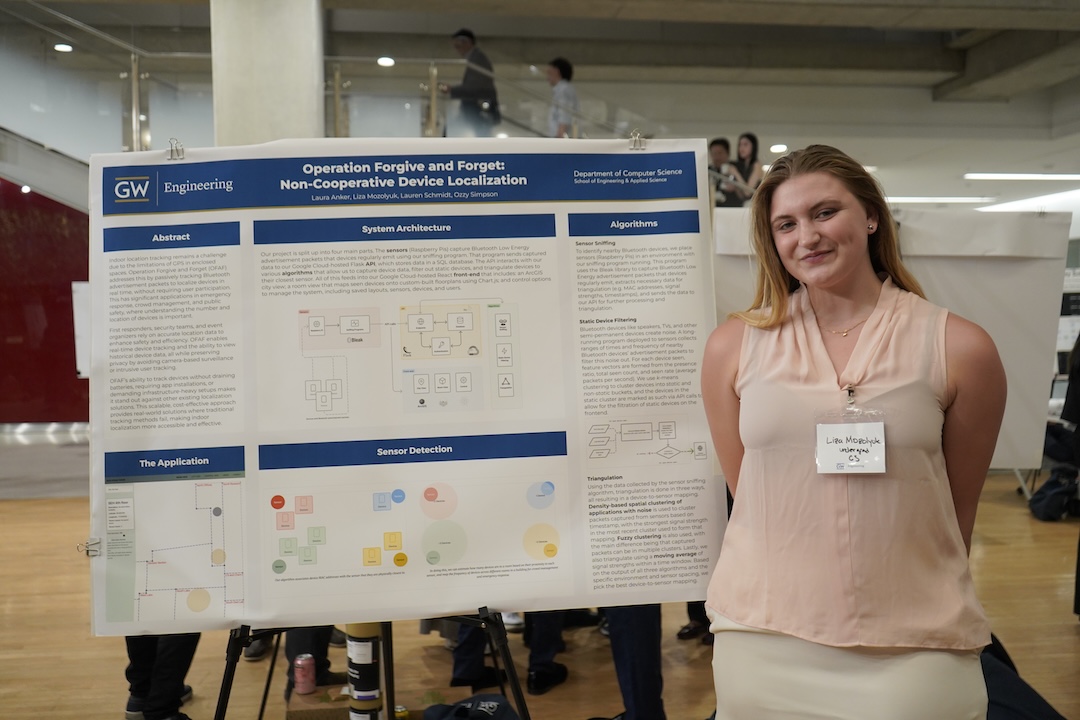
Operation Forgive & Forget
Indoor location tracking remains a challenge, with GPS proving unreliable in enclosed spaces and existing solutions often requiring user participation. Operation Forgive and Forget (OFAF) solves this by leveraging Bluetooth advertisement packets to passively and accurately locate devices in real time.
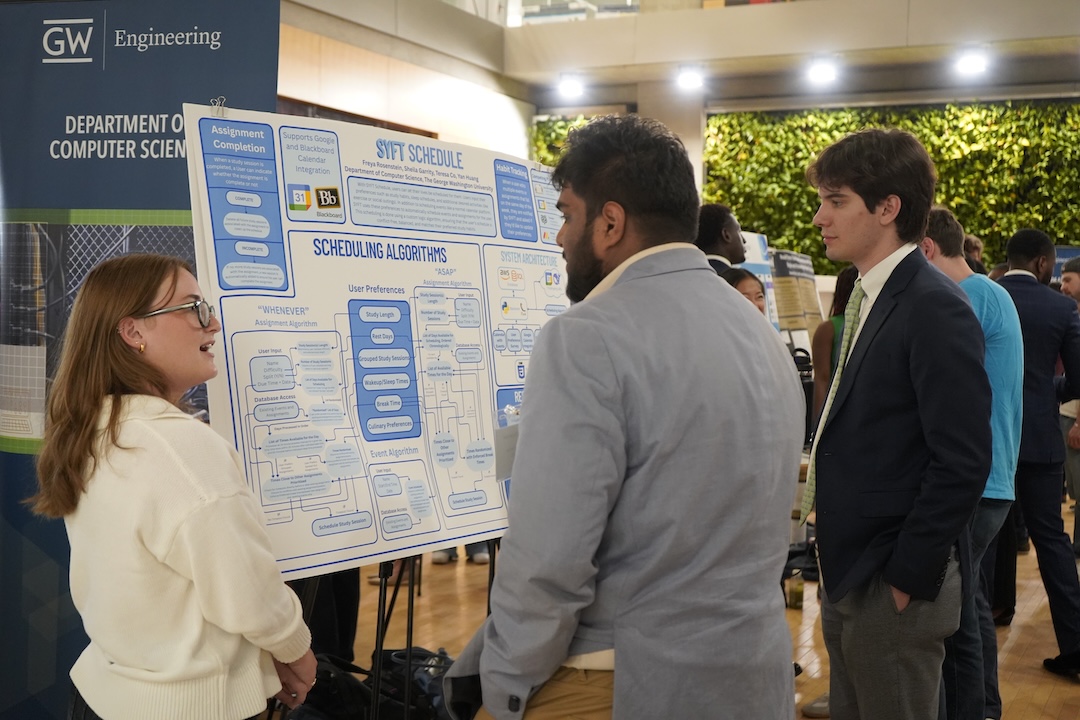
SYFT Schedule
Balancing a schedule can be time consuming, especially for college students who are likely experiencing total independence for the first time. SYFT Schedule combines user preferences around study habits, sleep schedules, and more with data from Blackboard and Google Calendar to automatically produce a schedule that allows users to complete their tasks without the burden of manually maintaining that schedule themselves.
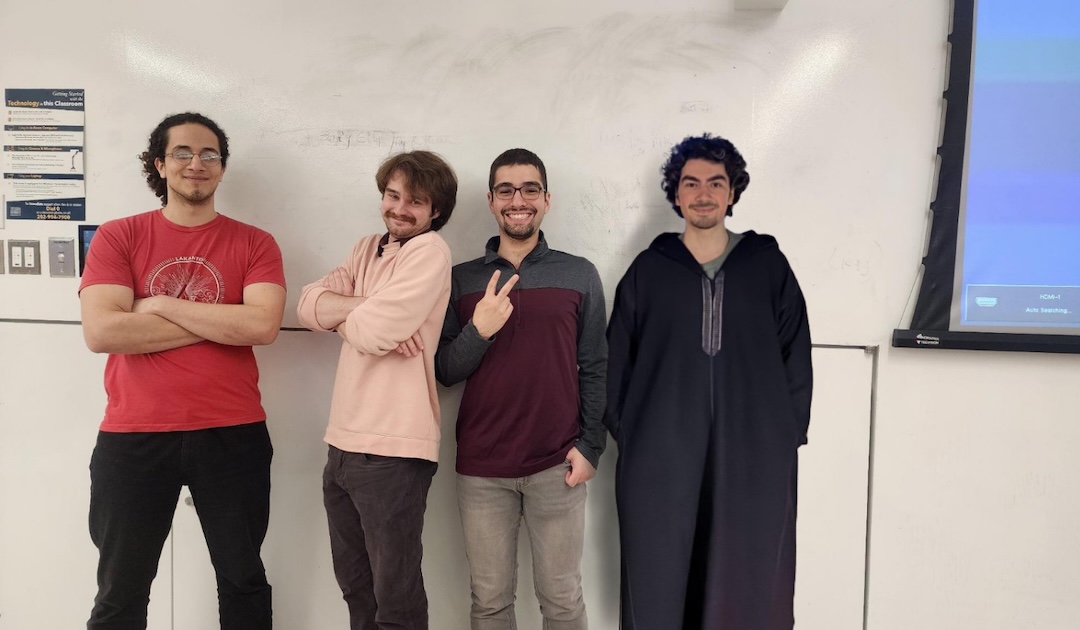
Vision Merchants
Our project aims to provide an easy-to-use API for game developers to manage and scale the networking requirements that online gaming demands. This frees game developers from worrying about how their games will be hosted and allows them to focus on making the most enjoyable game possible.

